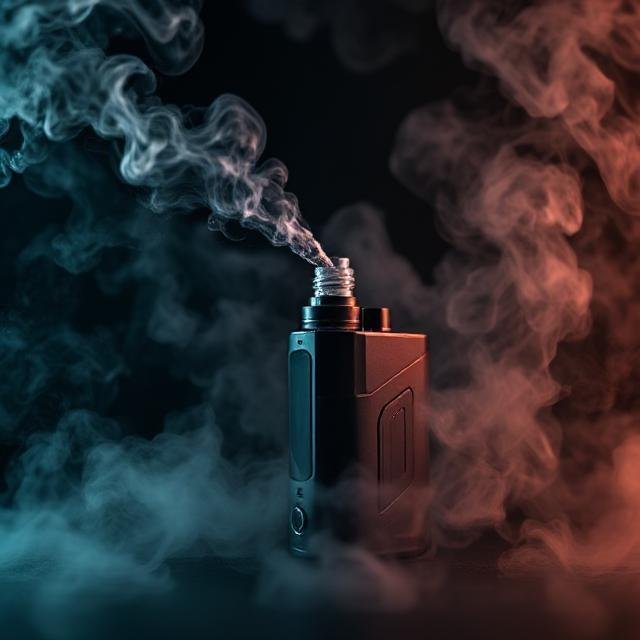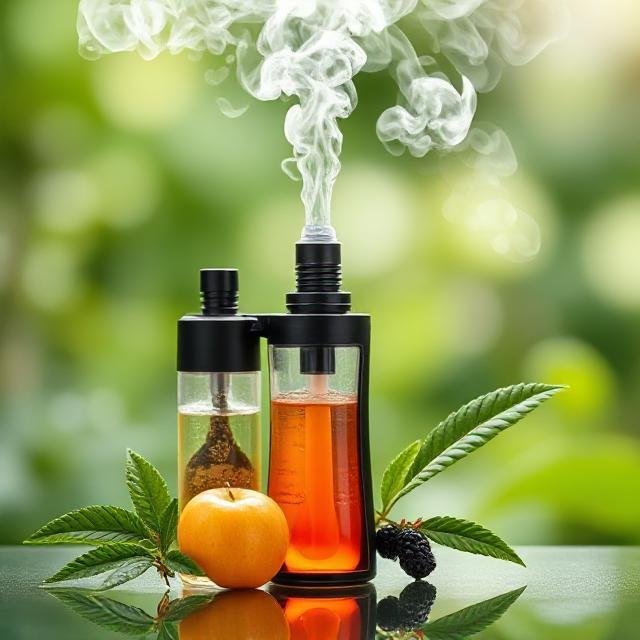The Science Behind Vape Flavors: How Are They Made?
If you’ve ever taken a puff from a vape and tasted something that reminded you of strawberries, menthol, or even candy, you might have wondered how that flavor was created. Vape flavors aren’t just simple extracts or syrups. They’re carefully designed, tested, and manufactured using a mix of science and sensory research.
Olit Vape flavors are a good example of how flavor development has become a key part of the vaping experience. From fruity to icy to dessert-inspired tastes, these flavors are made with precision to create a consistent and enjoyable experience. But to understand how these flavors come to life, we need to look at the ingredients, formulation process, and testing methods involved.
What’s in a Vape Flavor?
Every vape liquid—also known as e-liquid or vape juice—contains a base formula. The base doesn’t have any flavor by itself but serves as the medium that carries both the flavor and (if present) the nicotine.
Here’s what’s typically found in a vape liquid:
- Propylene Glycol (PG): A thin liquid that carries flavor well and delivers a stronger throat hit.
- Vegetable Glycerin (VG): A thicker liquid that produces more vapor but has a slightly sweet taste.
- Flavor Concentrates: These are food-grade ingredients designed to mimic tastes like fruits, spices, candies, or beverages.
- Nicotine (optional): Some users prefer nicotine in their vape liquid, and it comes in various concentrations.
Most vape juices are made with a mix of PG and VG. The flavorings are added in small amounts but make a big impact on the overall experience.
How Flavors Are Made
Creating vape flavors involves more than just mixing ingredients in a bottle. The process requires knowledge of chemistry, human taste perception, and how compounds behave when heated and inhaled.
The Role of Flavorists
Flavorists, also known as flavor chemists, work to develop formulas that deliver a specific taste when vaporized. These professionals may use natural, artificial, or nature-identical ingredients to build flavor profiles.
Common compounds used include:
- Esters: Often used for fruity flavors like apple or banana.
- Aldehydes: Contribute to citrus and creamy flavors.
- Ketones and Lactones: Found in rich, dessert-like flavors such as vanilla or cream.
Each compound adds a different sensory note. The combination and balance of these ingredients determine how a flavor will taste and smell when vaped.

How Flavors Are Tested
Before a new flavor hits the market, it goes through a testing process to make sure it’s stable, consistent, and enjoyable.
Here’s how it works:
- Stability Testing: Flavors are tested over time to make sure they don’t degrade or change.
- Sensory Testing: Human testers vape the flavor to evaluate taste, throat feel, and aftertaste.
- Device Compatibility Testing: Flavors are tested across different vaping devices to check how they perform.
Some brands develop flavors specifically for certain devices. For example, the Olit Hookalit S 35K is designed to deliver a consistent and smooth vaping experience, which depends not only on the device’s design but also on the compatibility of the e-liquid formulation with the coil and heating elements.
Why Flavors Taste Different Between Brands
Two mango-flavored vapes might taste completely different, and that’s not just your imagination. The final taste depends on many variables, including:
- Flavor Concentrate Quality: Different manufacturers use different sources and formulas.
- PG/VG Ratio: More PG can enhance flavor intensity, while more VG can soften the flavor and increase vapor.
- Nicotine Content: Nicotine can slightly alter how a flavor is perceived.
- Device Performance: A more advanced coil or optimized airflow can make a flavor taste richer or smoother.
This is why one company’s grape flavor might be bold and sweet, while another’s might be more subtle or even have a tart edge. Consistency and formula control play a big role.
Safety of Vape Flavor Ingredients
One of the concerns around vape flavors is whether they’re safe to inhale. Most of the ingredients used in vape liquids are considered GRAS (Generally Recognized As Safe) for eating—but inhaling is a different story.
Here are some facts to consider:
- Diacetyl, once common in buttery flavors, has been linked to lung issues when inhaled. Many manufacturers now avoid using it.
- Testing and Regulation: High-quality vape brands conduct independent lab testing to ensure their products are free from harmful contaminants.
- Lack of Long-Term Data: While short-term inhalation of flavor compounds appears safe for most people, the long-term health effects are still being studied.
Choosing reputable brands and avoiding homemade or unregulated vape liquids can reduce potential risks.

How Disposable Vapes Changed Flavor Innovation
The rise of the disposable vape has changed how flavors are developed and marketed. Since these devices are pre-filled and non-refillable, manufacturers design the device and the e-liquid to work together. This helps optimize flavor delivery and vapor production.
Disposable vapes also:
- Encourage Quick Flavor Turnaround: Brands can release new flavors faster based on user trends.
- Support Consistency: Because the coil, wattage, and airflow are fixed, users get the same experience from every device.
- Simplify Choices: Since each device is flavor-specific, users don’t need to mix or adjust anything.
That said, disposable vapes also raise concerns about waste and recycling, so users should consider their environmental impact when choosing their vaping products.
Conclusion
Vape flavors are the result of careful formulation, chemistry, and testing. They’re not just simple food extracts—they’re engineered to deliver specific tastes and experiences when vaporized. The process involves balancing ingredients, understanding how compounds interact with heat, and making sure the final product is safe and satisfying.
From trusted names like Olit Vape Flavors to advanced devices and, flavor quality continues to be a major factor in how people choose their vape products. And with the convenience of disposable vape options, accessing well-crafted flavors has never been easier.
For those interested in vaping, knowing how these flavors are made can lead to better decisions and a more informed approach to the products you use.
